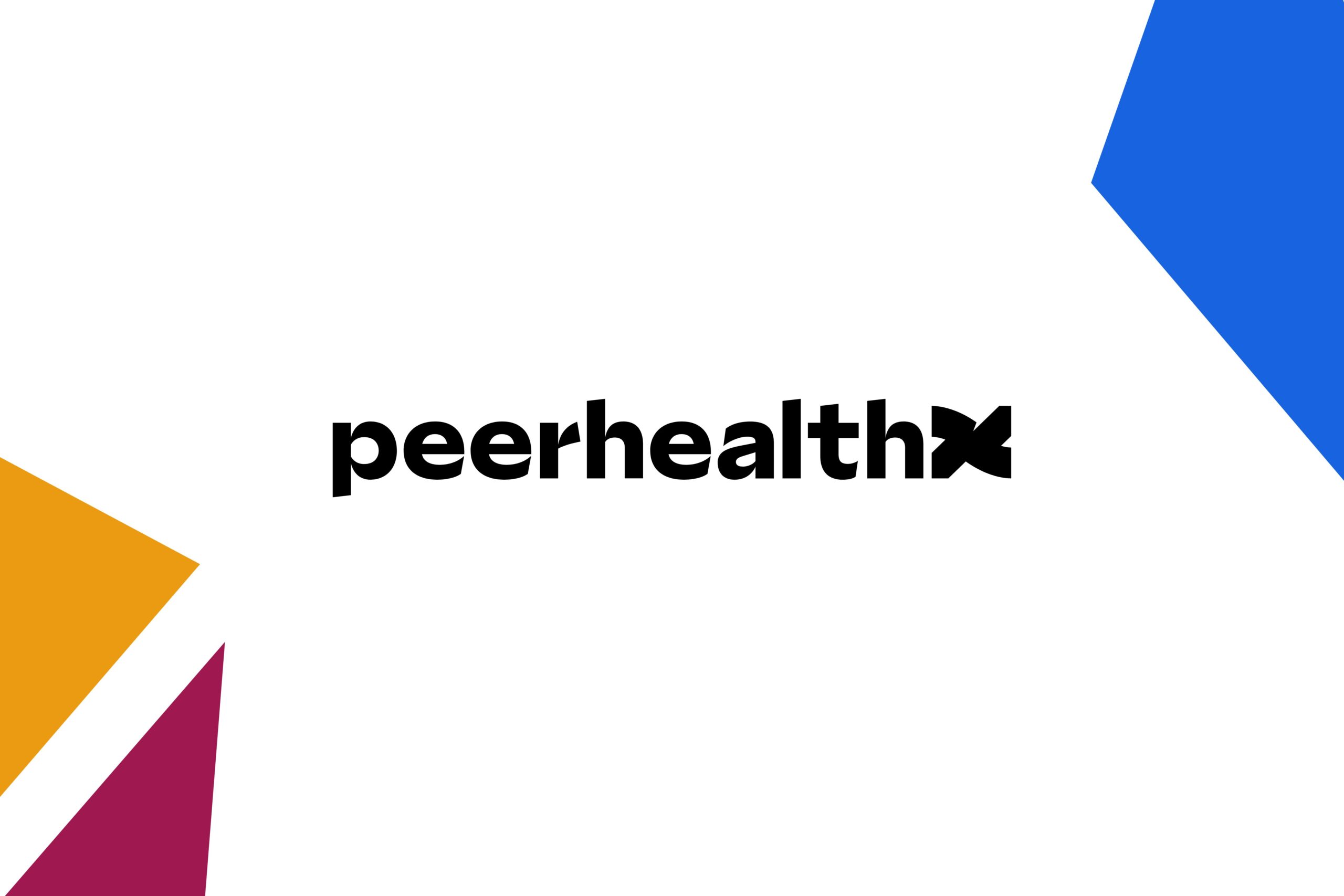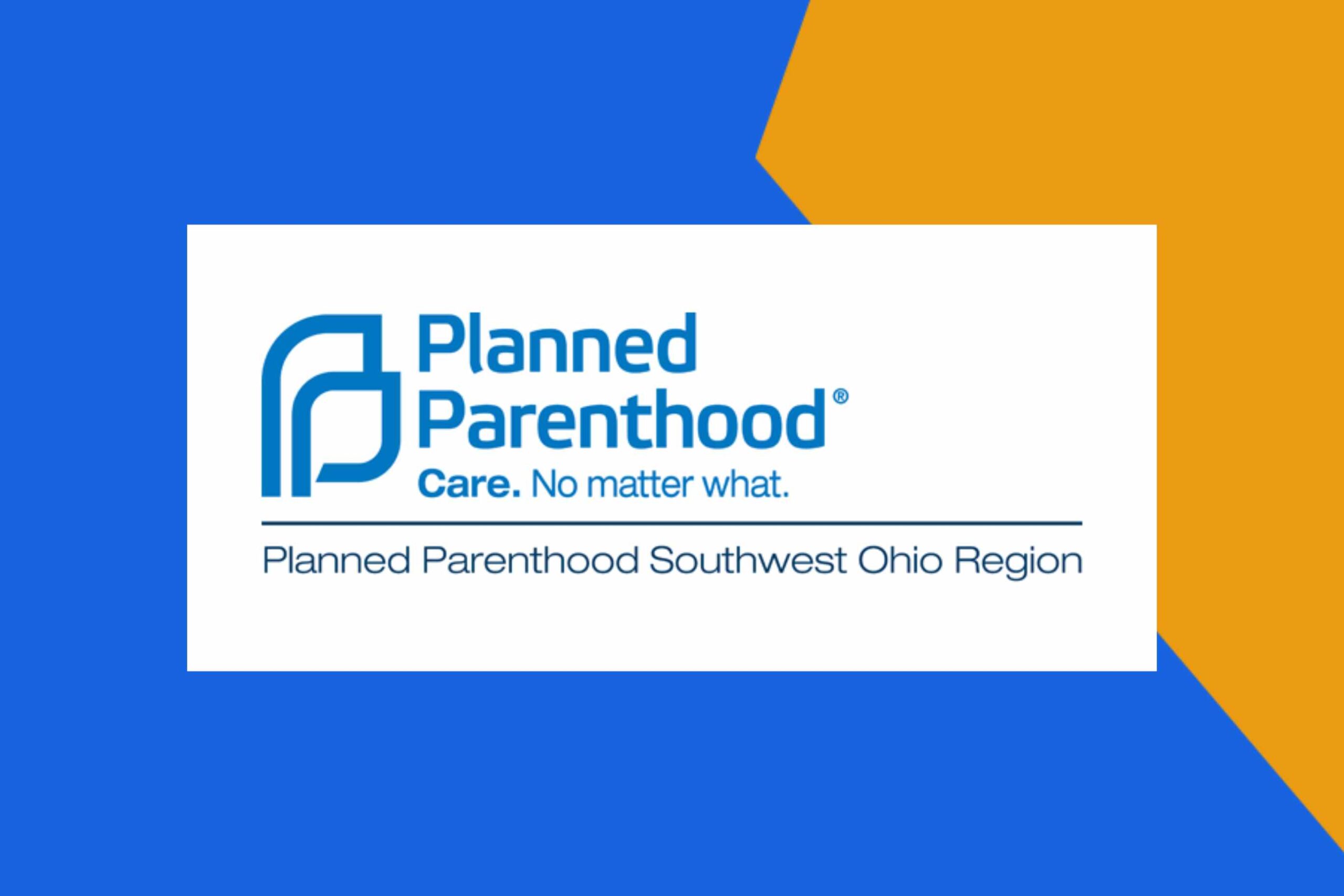
For Talent Professionals: A Look into LinkedIn Recruiter
By Zachary Harr
As a Senior Search Consultant, Sourcing Operations at Edgility Consulting, and as a recruiter in the K-12 education space for the last nine years, I’ve become very familiar with utilizing LinkedIn Recruiter to find high-quality candidates. It’s the foundation for building a strong leadership candidate pool that is representative of the community your organization serves. Out of the 60 total executive searches I’ve supported during my four-plus years at Edgility, 86% of placements were sourced from LinkedIn Recruiter or connection messages.
Regardless of your experience with the platform, it’s an efficient tool for beginners and experts to help organizations find candidates who are most aligned with your values and the role you are filling.
Before You Dive In
Although this article focuses on tips and tricks to utilize LinkedIn Recruiter, I would be remiss if I didn’t mention that one of the key steps of any hiring process comes even before you post the job online. Especially for leadership roles, it is important to conduct a Needs Assessment or Discovery process to determine which candidate traits and competencies best fit the role you’re hiring for and the culture of your organization. This can be done through formal or informal interviews, surveys, or focus groups with your staff, community members, and/or board members to determine your priorities.
This phase enables us to determine core competencies (a great way to mitigate bias) and sets us up to start the hiring process on the right foot.
LinkedIn Recruiter Expectations
When you are ready to source your candidates, filters will best help you to focus on the quality and quantity of your results. One approach I like to use is to put myself into the mind of my ideal candidate. What information would they include in their profile? What information would they be looking to highlight?
And set the expectation for yourself that this is a highly iterative process, so be flexible and creative. As you go through this process, you can use different variations of your search filters to find the candidates you need. Some Standard Filters include:
- Job Title
- Location
- Education
- Skills and assessments
- Note that these are often only as good as the information users include on their profiles.
- Seniority and Degrees
- This may or may not be relevant to your specific search, and it may be something you want to hold in reserve for when you are ready to narrow down your choices.
- Keywords
- Here’s where you can scan entire profiles for values and core competencies that matter most to your search. This is often where I go first when I prioritize making all of my search results more representative of the communities that our clients serve.
You will find that other filters work better for you as you gain more experience playing around with LinkedIn Recruiter, but your filter input should always be flexible as you learn more about your search to find new profile results.
Using Advanced Filters
After running an initial search in LinkedIn Recruiter, you can filter even further using the Spotlights function. Spotlights provide insights to help identify candidates that may be more likely to engage with you or the company you are hiring for. Some examples of Spotlights filters include:
- Open to work
- More Likely to Respond
- Have Company Connections
- Past Applicants
LinkedIn also provides information about previous messaging history and other candidate indicators like how many connections you and the candidate share in the recruiter interface.
If you share 43 connections, you know many of the same people, which may give you a better chance of connecting with them. Also, if you and your colleagues have messaged the same candidate three times over the last year with no responses, that’s plenty of data for me to show it’s likely not worth spending resources on another message.
Messaging Talent
Once you’ve narrowed your candidate field and are ready to contact your top candidates, the best messages have these characteristics:
- 500 characters or less;
- Critical data is prominent (Salary, location, job description, and organization website);
- Call to action is included (complete the application, schedule a phone conversation, etc.);
- Tailored wording and subject lines based on the candidate’s profile.
Additionally, LinkedIn InMail is not just for messaging ideal candidates. I often reach out to users who may not be a great fit for the role I’m looking for but might know others in their circle who would be interested in the job. Good people know good people.
Here are a few starter messaging template options that you can build and edit given your own search!
Best Practices: Responding to Talent
Always promptly respond to candidates, regardless of whether they express interest or not. You never know when a candidate who wasn’t quite right for one role might be the perfect fit for another! As mentioned above, they might also be a great source for referrals, so I recommend requesting a quick informal chat to discuss anyone else who may be interested in the role.
My number one goal with users interested in learning more about the role is to actually move away from LinkedIn as soon as possible. Get the candidate on the phone or chat via email. I’m confident that once I have a candidate on the phone, the chance they fill out an application has increased greatly. You should feel that same confidence!
If you don’t have access to LinkedIn Recruiter, don’t worry!
- You can still send messages to potential candidates for free! Send a connection request and add a note. The upside of this tactic is that it encourages you to be extremely specific in your communication, but the downside is that you can only send one note at a time. Plus it’s free!
- Take advantage of LinkedIn Groups and Referrals – these can be invaluable for your recruiting. Use other social media groups, like community groups and alumni groups to help source candidates.
- Post on LinkedIn frequently, and use tags! Tag colleagues, and ask them to share your posts. Tag the organization you’re hiring for, so candidates can have quick access to information about their potential future employer. Don’t forget to add hashtags to indicate job titles or other information you want the candidates to see or be able to search for.
LinkedIn can help you find the best candidates for your organization. No matter your needs, these tips can help you find candidates from all areas of expertise to fill critical roles within your organization.





